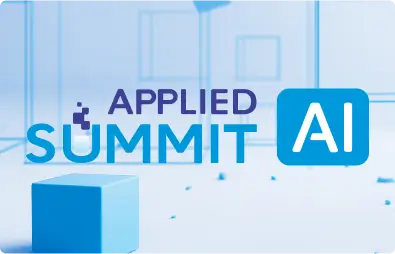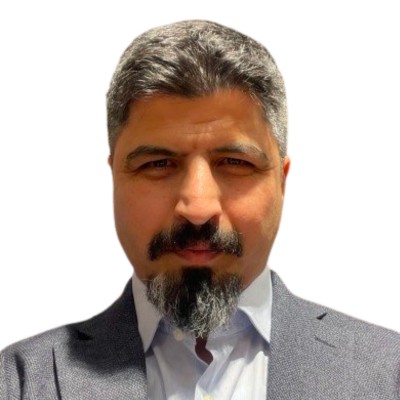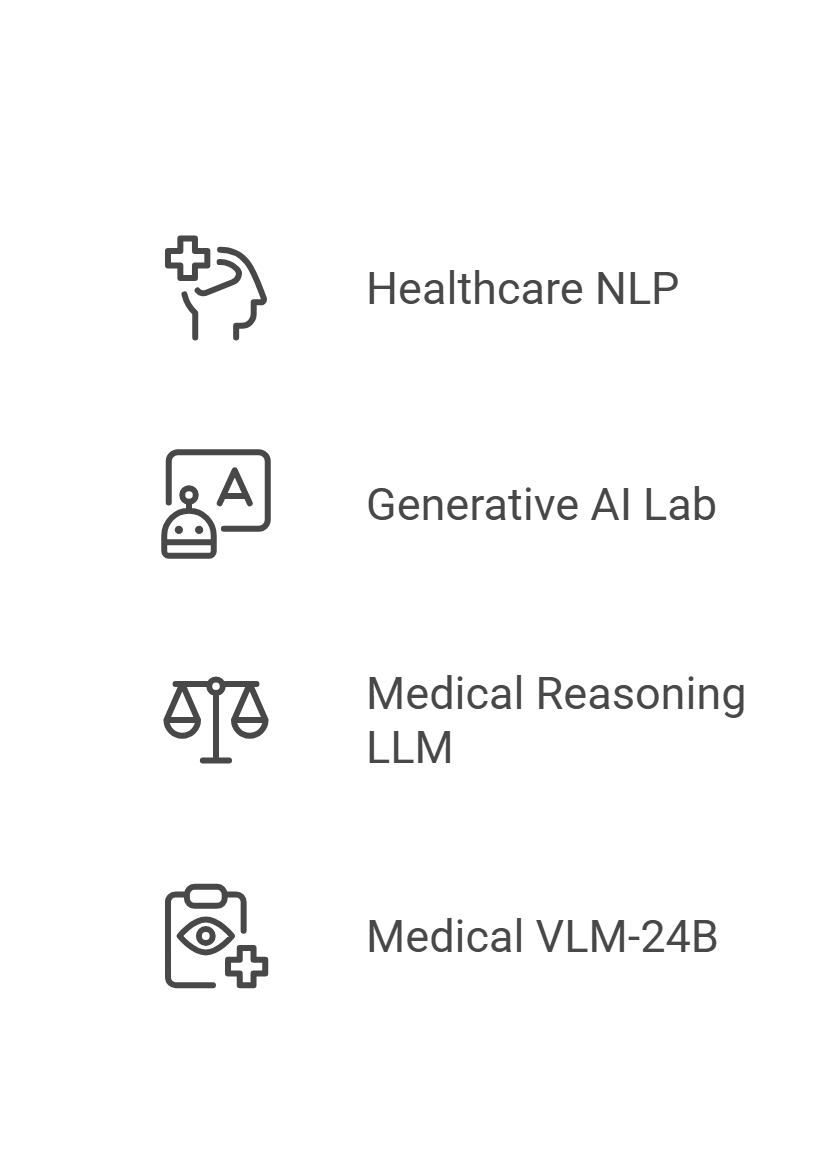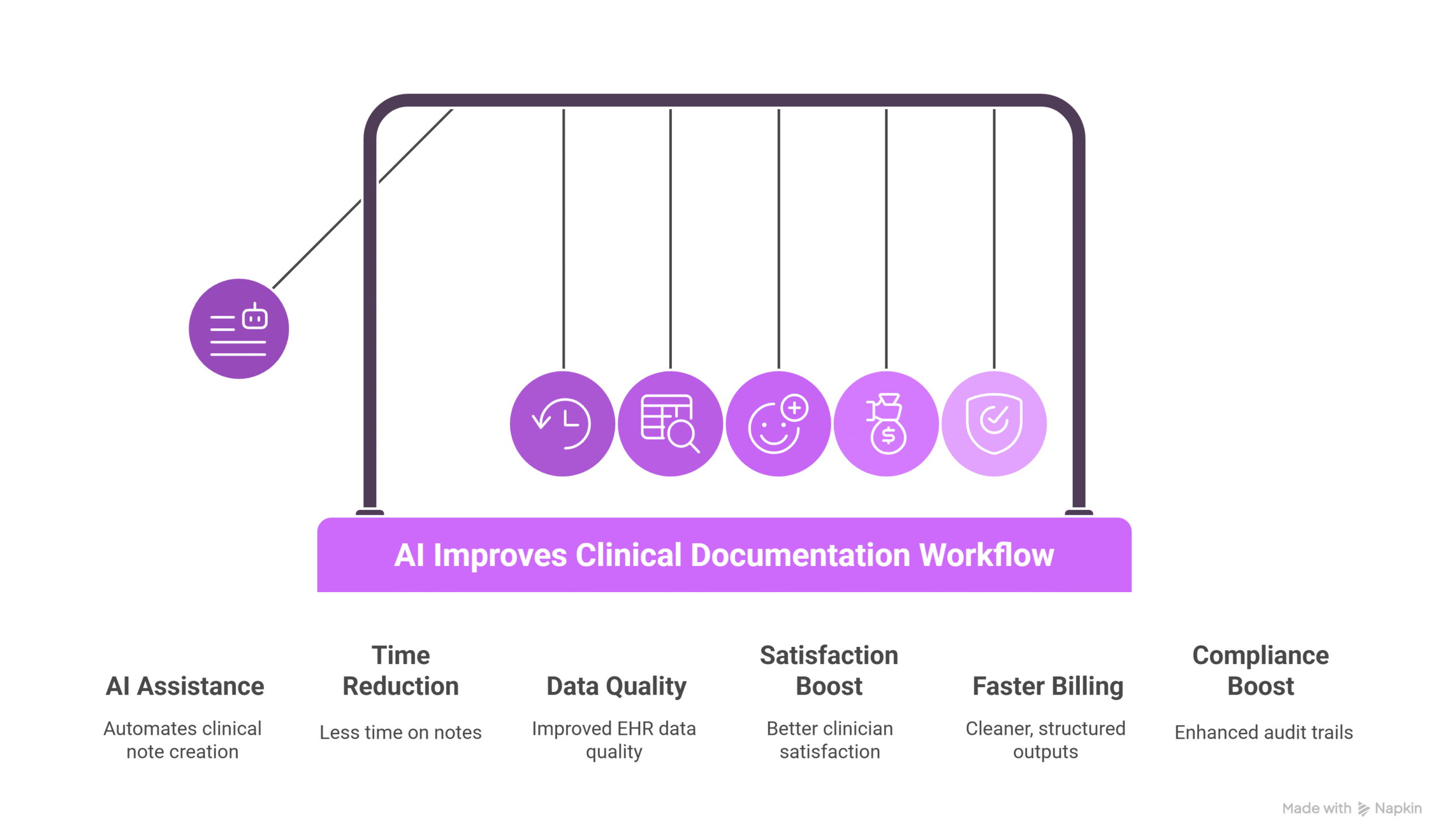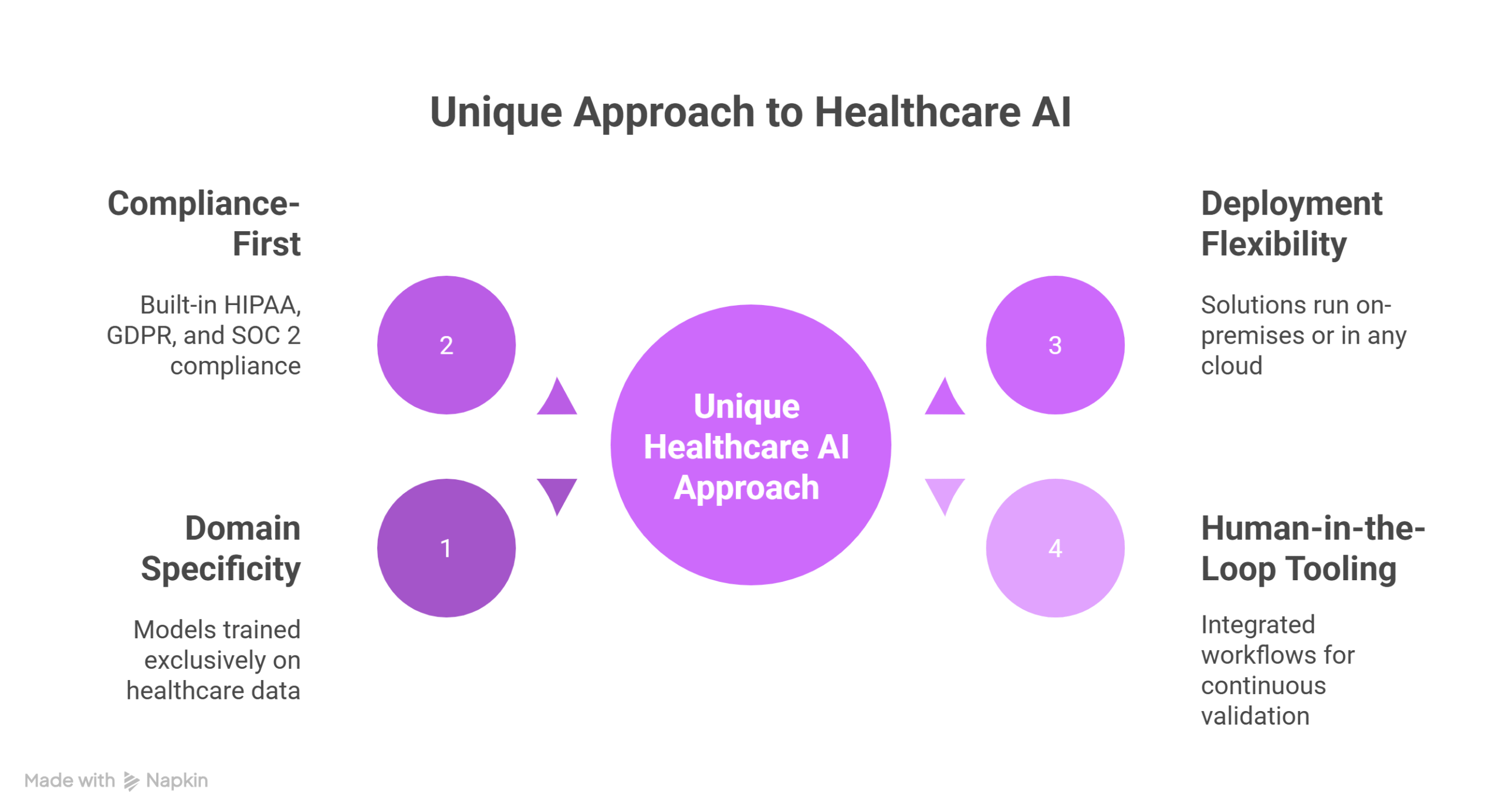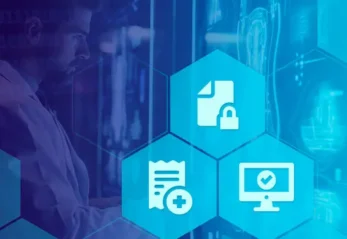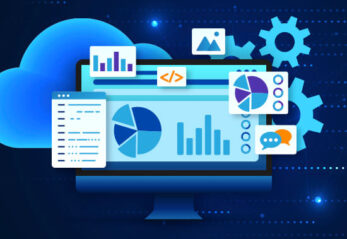What is AI-enhanced clinical documentation?
AI-enhanced clinical documentation refers to the use of artificial intelligence tools, such as Natural Language Processing (NLP) and Large Language Models (LLMs), to support or automate the creation, review, and management of clinical notes. These tools aim to reduce the clerical load on healthcare providers, enabling them to focus more on patient care.
John Snow Labs enables this transformation with cutting-edge clinical NLP pipelines and pre-trained models designed specifically for the healthcare domain. These solutions are built into platforms like the Healthcare NLP and the Generative AI Lab, offering scalable, accurate, and secure ways to support documentation tasks.
How does AI reduce administrative burden for clinicians?
AI reduces the documentation burden by transcribing clinician-patient interactions into text, summarizing clinical conversations with awareness of context, and automatically populating electronic health record (EHR) fields using structured outputs. It also provides real-time suggestions to address missing or unclear documentation and detects assertion status to clarify clinical certainty.
For example, John Snow Labs’ Assertion Status Models improve understanding of whether a patient has a condition, had it in the past, or if it’s ruled out eliminating ambiguity in clinical texts.
Which John Snow Labs tools support clinical documentation?
Several John Snow Labs offerings directly address clinical documentation efficiency:
- Healthcare NLP: Over 6,600 pre-trained models and pipelines for de-identification, assertion detection, entity linking, and summarization.
- Generative AI Lab: A no-code platform enabling domain experts to fine-tune and validate AI models with human-in-the-loop feedback.
- Medical Reasoning LLM: A domain-specific large language model designed for clinical reasoning and documentation.
- Medical VLM-24B: A vision-language model that can process visual inputs (e.g., medical imaging) alongside text for multimodal documentation tasks.
Explore more: Introducing the First Commercially Available Medical Reasoning LLM and Medical VLM-24B.
What are the benefits of automating clinical documentation?
Healthcare organizations that adopt AI-powered documentation solutions report:
- Reduction in time spent on clinical notes.
- Improved EHR data quality and completeness.
- Better clinician satisfaction and lower burnout.
- Faster billing cycles through cleaner, structured outputs.
- Enhanced compliance with audit trails and traceability.
Read more on elevating compliance in AI systems and streamlining billing with AI.
What makes John Snow Labs’ approach to documentation unique?
- Domain specificity: Models trained exclusively on healthcare data.
- Compliance-first: HIPAA, GDPR, and SOC 2 compliance built-in.
- Deployment flexibility: Run solutions on-premises or in any cloud.
- Human-in-the-loop tooling: Integrated workflows for continuous validation and improvement.
With tools like the Generative AI Lab, teams can efficiently evaluate model output quality, making AI a partner, not a risk.
FAQs
Can these tools integrate with existing EHRs?
Yes, through standard APIs and customizable pipelines, John Snow Labs’ solutions can integrate with leading EHR systems.
Is patient data protected during AI use?
Absolutely. All models can run within a secure environment, ensuring compliance with HIPAA and GDPR.
Are these tools usable without coding knowledge?
The Generative AI Lab enables non-technical users to configure, run, and validate models with an intuitive interface.
What documentation types can be automated?
Progress notes, discharge summaries, radiology reports, risk adjustment data, and more can be automated with tailored pipelines.
Supplementary Q&A
How does NLP differ from traditional speech-to-text tools in documentation?
While speech-to-text tools transcribe raw audio, NLP models add structure, extract key concepts, and detect relationships, making data useful for downstream tasks like coding or analytics. John Snow Labs’ clinical NLP toolkit handles complex medical language, including negation, temporality, and context.
Can AI support risk adjustment documentation?
Yes. AI can extract HCC codes, map them to ICD-10 terms, and identify missed opportunities in documentation. John Snow Labs’ Risk Adjustment Pipelines streamline this workflow, enhancing compliance and reimbursements.
What role does HITL (human-in-the-loop) play in documentation AI?
HITL ensures that clinicians and reviewers can validate and correct AI outputs, improving trust and accuracy. This is especially useful for regulatory or high-stakes use cases. Learn more about HITL tools.
